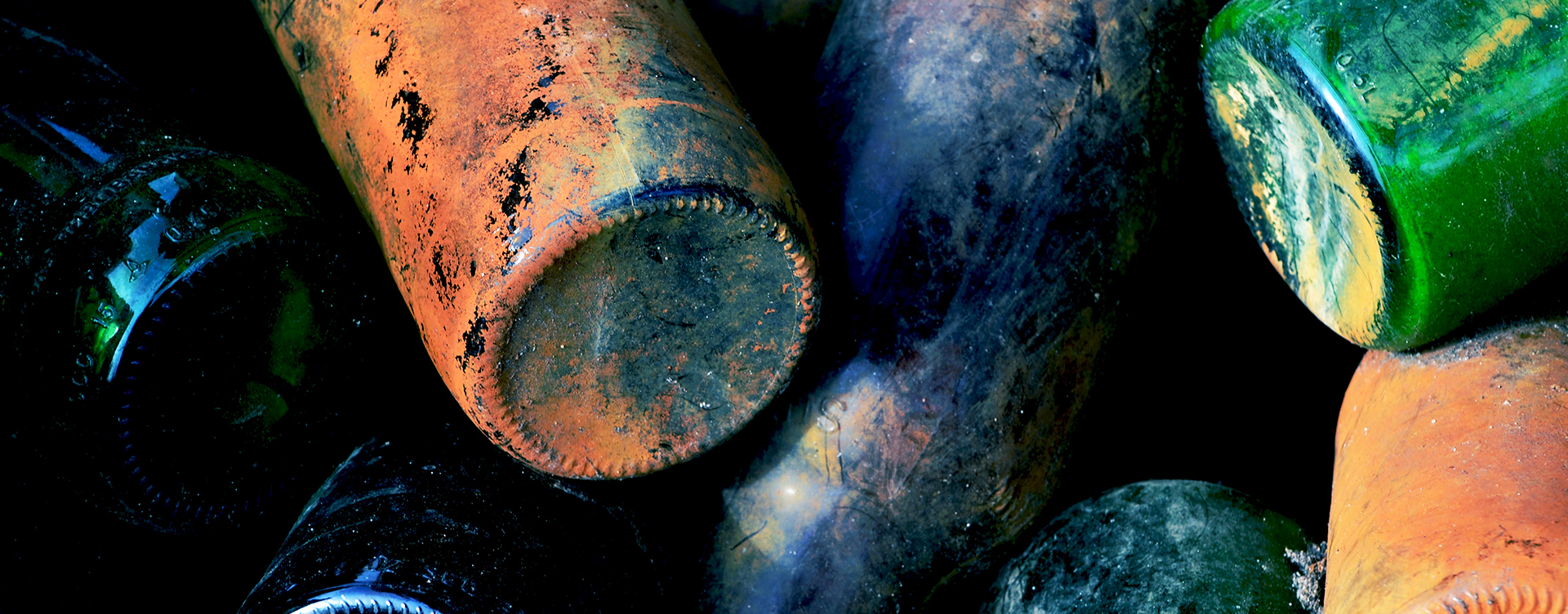Glass is a versatile and ubiquitous material that has been used for centuries in various applications, ranging from architecture to household items. It is made by melting a mixture of raw materials, including sand, soda ash, and limestone. However, the environmental impact of glass production and disposal has led to the rise of recycled glass as a sustainable alternative.
Recycled Glass Manufacturing
We wanted to use recycled glass to manufacture our tempered phone screen protectors. The process of glass manufacturing starts with the collection and sorting of recycled glass. This sorted glass then undergoes a thorough cleaning process to remove impurities. The cleaned glass, known as cullet, is crushed and mixed with other raw materials. The mixture is melted in a high-temperature furnace, resulting in molten glass. The molten glass is then shaped into various forms, such as sheets or panes, through processes like floating, rolling, or pressing.
Recycled Glass: A Sustainable Solution
Recycled glass offers significant environmental benefits. By utilizing cullet in glass production, the demand for virgin raw materials is reduced, conserving natural resources and energy. Moreover, recycling glass helps divert waste from landfills, reducing pollution and contributing to a circular economy. One notable advantage of recycled glass is its ability to be endlessly recycled without any loss in quality, making it a truly sustainable material.

Environmental Benefits
Glass recycling offers significant environmental benefits. Recycling just one glass bottle saves enough energy to power a 100-watt lightbulb for four hours. When creating recycled glass products, we actively contribute to reducing greenhouse gas emissions, saving energy, and preserving natural resources.
The success of glass recycling relies on collaboration between consumers, recycling facilities, manufacturers, and government entities. Educational initiatives and investments in recycling infrastructure help raise awareness and accessibility, encouraging more individuals to participate in glass recycling programs. Partnerships between glass manufacturers and recycling facilities are vital in creating a closed-loop system, where recycled glass is consistently incorporated into new products. Governments can also play a role by implementing policies that support and incentivize glass recycling initiatives, fostering a circular economy approach.
The Glass Recycling Process: Turning Waste into Treasure
- Collection and Sorting:
The recycling journey of glass begins with collection. Glass containers, such as bottles and jars, are collected from homes, businesses, and recycling centers. These containers are sorted by color, typically clear, green, and brown, to ensure the integrity of the final recycled glass.
- Cleaning and Preparing:
Once sorted, the glass goes through a meticulous cleaning process. Any contaminants, such as labels, caps, or residual liquids, are removed. The cleaned glass is then crushed into small pieces called cullet, which can vary in size from pebbles to fine sand-like grains.

- Melting and Purification:
The cullet is then transported to glass manufacturing plants, where it undergoes melting and purification. The cullet is mixed with additional raw materials, such as silica sand, soda ash, and limestone, to create a glass batch. This batch is fed into a furnace, heated to extremely high temperatures. The intense heat melts the batch, forming molten glass.
- Glass Forming:
From the molten glass, various glass products can be created. The molten glass can be shaped into new bottles, jars, windows, fiberglass, or even artistic glassware. The shaping process can involve techniques like blowing, pressing, or molding, depending on the desired end product.
- Cooling and Annealing:
Once the glass has been formed into its desired shape, it undergoes controlled cooling. This gradual cooling process, known as annealing, relieves internal stresses within the glass, ensuring its strength and durability. Annealed glass can be further processed or directly used in applications that do not require additional strengthening.
Glass Tempering: Enhancing Strength and Safety
Tempering plays a vital role in strengthening glass and improving its safety properties. The tempering process involves heating glass to a high temperature and rapidly cooling it, resulting in surface compression and core tension. This process significantly increases the strength of the glass and makes it more resistant to breakage. In applications such as screen protection, tempered glass is essential for providing impact resistance and preventing shattering, ensuring the safety of electronic devices and their users.


Our Factory Journey: A Commitment to Quality and Responsibility
During our search for a factory to produce our recycled glass screen protectors, we embarked on a global quest and visited over 15 glass factories. Our rigorous criteria led us to Dongguan, China, where we discovered a rising star in the glass manufacturing industry.
This recycled glass factory stood out due to its dedication to using recycled glass and its commitment to quality, sustainability, and worker empowerment. We were impressed by the meticulous process of cutting, tempering, cleaning, and inspecting each product in a sterile environment. The factory's eco-friendly initiatives, such as substituting virgin plastic with recycled alternatives and utilizing biobased materials, perfectly aligned with our vision of creating sustainable products.
Summary:
In conclusion, the journey of recycled glass showcases the immense potential of recycling as a sustainable solution. By collecting, cleaning, and melting glass waste, we can transform it into high-quality, versatile materials for various applications. Glass recycling conserves resources, reduces waste, saves energy, and supports economic growth. Our screen protectors are double tempered and they are a great addition to our plant-based phone cases.
Take a look at our full protection collection
Including plant-based phone cases and fitting screen protectors as one product, with a bonus multi-charging cable.




























